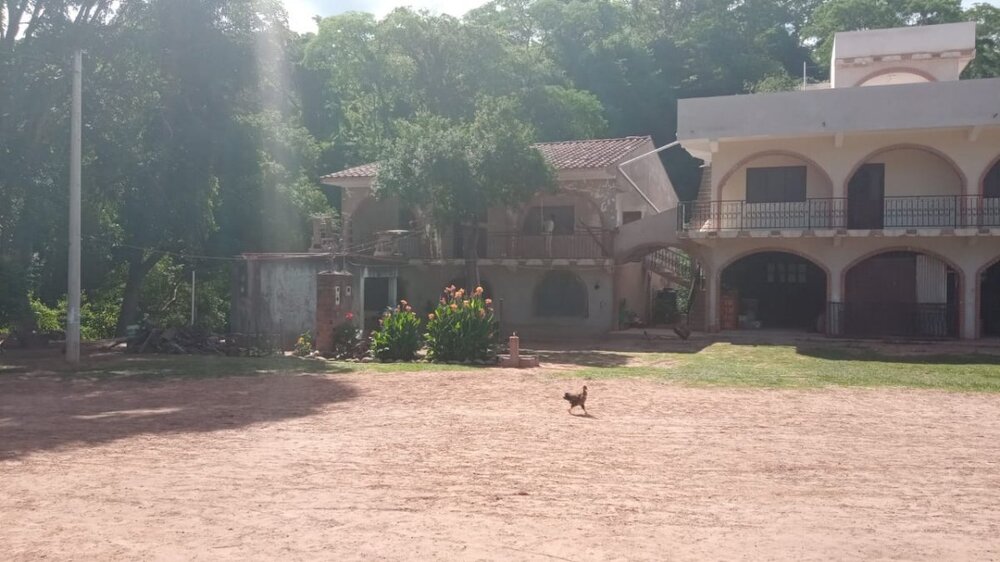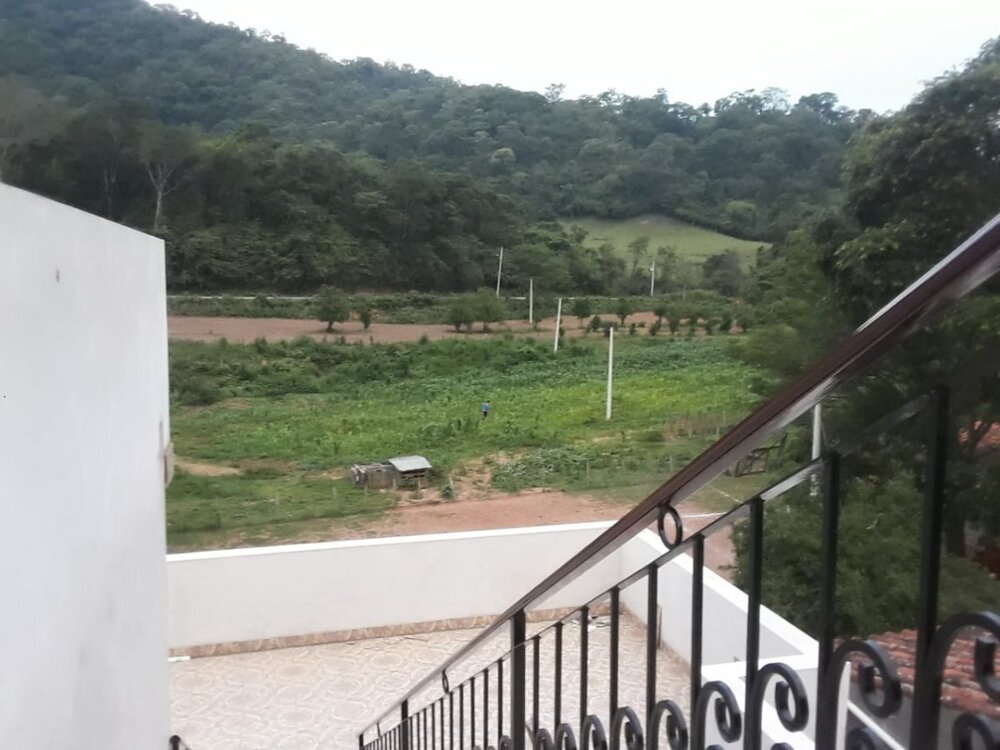PLEASE NOTE: If you had an account with the previous forum, it has been ported to the new Genetry website!
You will need to reset the password to access the new forum. Click Log In → Forgot Password → enter your username or forum email address → click Email Reset Link.
96 280 Ah LIFePO4 cells and (8 more 5kWh LiPO4's so 40 kWh) plus 280Ahx3.2volt x96cells = 86016 Wh.
so roughly 126,000 Wh of batteries. for testing/ backup etc.
the inverter is the weakest link to the off-grid build still.
Wow, that's a lot of cells. What's your ultimate goal in terms of wattage out of the AC supply? Is the entire property going to be a single AC system or will there be different zones each with their own inverter? I'm wondering about your DC side voltage vs expected AC side wattage. 13kW is about 270A at 48V (nom), without any losses accounted for.
presently building a second larger solar power shed, ultimately it will power the whole property. solar generation is not the weak side either as i have plenty of solar PV panels. time is a big element as the weather slows me some as I do not have to work outside when the weather is bad, ( at least I choose to limit my exposure to the cold weather at the moment).
the PowerJack 20K and the PowerJack 26K AMG inverters will output a 2 hot wire 220 t0 240 volt similar to the utility grid 220 service I see in my Bolivia South America property. they have no neutral there either for their 220 volt electricity. but this off-grid build is being built in South Dakota, USA presently.
If I run it (the output from the inverter) into a transformer I can step it up or step it down and add the center tap neutral to clean up the power some. I have some Square D 100 amp 3 phase disconnect switches to utilize for safety purposes and use 400 amp class T fuses. the cheap switches some people try to use are not suited to high voltage/high amperage.
I have a 3KVA and a 7.5KVA 240x480 to 120x240 step down transformers. they are about 95 percent efficient so will lose 5 percent there.
I also have some square D fusible disconnect switches for 60 amp and 30 amp to fuse/disconnect some loads.
I am building a larger shop to have an overhead lift for other repairs/tinkering. slow but sure....
yes there will be losses due to wiring and connections for sure, but the solar PV off-grid will last the next 30 year or more.
the solar panels have a 30 year life expectancy at which time they may only put out 80 percent. the LiFePO4 batteries have a 6000 cycle or about 15 year life expectancy where they will only have maybe an 80 percent storage capacity. the solar panels and batteries will continue to work at a lower efficiency. by then there will likely be an improved way to store electricity and better solar panels. at least one can hope so!
it is likely the inverters will die before then due to the capacitor failure or mosfet failures.
most of the time I would not use 13000 Wh of battery pull as the solar panels and sun will be pushing electric into them. during the day when the sun is helping and when most of my work is being done the sun and PV panels will power everything.
the inverter is still the weakest link. so at this time I have redundant inverters. not sure I would want to depend on only one in the deathly cold winter. I have wood but not set up safely to want to use it in my house(stock piling the wood for the shop and wood working projects). so electric is the route I am working toward for the off-grid solar project. I have an artesian well that runs 24/7 all by itself so water is not an issue.
gotta go. 😎
on the DC side of things: I run 4/0 wires to the LF inverters from the LiFePo4 batteries. and use 400 amp class T fuses as the short circuit inrush current from large LiFePO4 batteries can reach 20,000 amps AIC and not just anything will break that in case of a catastrophy (dumb dumb mistake).
see Lithium Solar you tube video about fuses.
a lot of so-called DC breakers are not capable of properly stopping a LiFePO4 battery surge and are a fire hazzard at best.
long story short is HRC fuses for the Lithium Iron Phosphate batteries (aka LiFePO4). do your research for a safe system.
I use the class T fuses and the class T fuse holders with cover.
best bet is to consult your electrician about it, and or code official to be safe.
the PowerJack 20K and the PowerJack 26K AMG inverters will output a 2 hot wire 220 t0 240 volt similar to the utility grid 220 service I see in my Bolivia South America property. they have no neutral there either for their 220 volt electricity. but this off-grid build is being built in South Dakota, USA presently.
I don't know how Bolivia arranges things but odds on one of the incoming wires is the declared neutral and is tied to ground on the supply side, typically at the transformer that steps the HV distribution network down to the LV network. There's many classes of supply systems out there, my supply is TNCS, so that may not be the case.
on the DC side of things: I run 4/0 wires to the LF inverters from the LiFePo4 batteries. and use 400 amp class T fuses as the short circuit inrush current from large LiFePO4 batteries can reach 20,000 amps AIC and not just anything will break that in case of a catastrophy (dumb dumb mistake).
Indeed. I made sure the breakers I purchased were spec'd for high amp break and gave some samples to an engineer friend to throw kA at them. They did disconnect successfully but it turns out that they are still junk (see other posts I made on this forum).
it is a 2 wire 220 system in Bolivia coming in. not sure if there is one of them tied to ground somewhere or not in Bolivia, but the overhead lines go for miles and miles on cement electrical poles. I never noticed any transformers any where out in the country in Bolivia. I will search it more next trip to the ranch. my ranch is about 2,5 miles wide and had e electric meters that we ( as in me) the owners had to buy and install. i will seek a picture or 2.
I did see there are 4 wires on the overhead line going on down through the valley to other people but only 2 wires go to each electric meter hook up. i do think there is a transformer on the pole along the road where they installed 1 electric light. but only 2 wires to the meters to the houses. I did hear them talking about the light flicker may be due to having a light on the wrong wire so maybe that is due to it being on a possible neutral linked hot wire. I will ask the electical people next trip to my remote Bolivia mountain ranch. I am by no means an electrical expert or anything near it but I am researching to improve my DIY electrical set up off grid. 🤔 any help is always appreciated.
//content.invisioncic.com/g308908/monthly_2022_01/19358809_WhatsAppImage2021-12-04at11_05_43AM.thumb.jpeg.3da885cbd5812e6148ea9be1e4405429.jpeg
2 wire 220 in Bolivia, South America --- painting the exterior a bit. it always dumb founded me a bit as i am used to 3 wire 220 240 and or 4 wire 220 240 in the USA using split phase in the USA.
The 4 wires you see on the poles more than likely is 3 phase, about 400V, with a common neutral. Each premises goes between 1 phase and neutral to get about 230V. If there is enough power demand at the premises more than 1 phase wire may be delivered, but unless higher voltage is required (not likely in a house) the loads are still across a phase wire and neutral.
That said, I have no idea about supply arrangements in Bolivia, even tried some Google searches but didn't turn anything up, so take everything I say with a large grain of salt.
all electric is 220 volt or possibly 230 volt as you say in Bolivia. the government backed the rural electric in Bolivia and it finally was electrified about 3 years ago maybe 4 now. in the pictures you can see the 4 wires on the double transmission poles but at the transformer where the service comes in it is only 2 wires. then we had to install all the electric meters and the meter base and all electric. the electric contractors and electric vendors only brought the wire up to our supplied electric meter post. we made ours of cement and bricks. Bolivia information is not well documented . it is a landlocked 3rd world country that is rich in natural resources.
like I say the 2 wire 220 volt system in Bolivia is Greek to me...
like the 220 volt shower heads with the throw switch above you>>>> scary to me. but common there. I first encountered that in the year 2001 in Cochabomba Bolivia at the hotel mid flight lay over to the ranch. I was at the ranch in Siacan Bolivia on September 11th, 2001. was not sure i would be able to return as the airpots got shut down after the twin tower attacks on 9 1 2001.
at any rate i am presently working on the off-grid solar project here in the USA in South Dakota while i have people continue at my ranch in South America.
... and there you go. Salt 🙂
With separation like that I doubt that would be LV supply. That would be some sort of HV supply to the pole transformer. 4 wires may be 3 phase + neutral and the pole transformer is across 1 phase and neutral. That lets the supply authority/company use cheaper single phase (on the HV side) transformers yet maintain phase current balance on the HV supply via the neutral.
If that is the case that neutral has nothing to do with your LV supply of course.
Heck, that 4th wire along the top may not even be part of the supply. It could be a lightning shield wire.
I have the 12000 amg version. Just came in , running some tests now, sine wave looks good, so far I’ve put a 2000 watt continuous load
there is a strange issue though with some resistive devices, for example., one 120v space heater I have caused the transformer to hum very loud on low setting and it consumes about 1100 watts when it should be using about 600-700, on high setting, it uses 1500 which is right, and no hum.
another example is hair dryer, on low, it looks as if it causes a dead short on power jack, but runs fine on high setting, but causes alarm on powerjack when running low heat
Low heat mode is often done by placing a diode before the heater element. That can upset inverters since it sees full load on only half the sine wave (either upper or lower).


